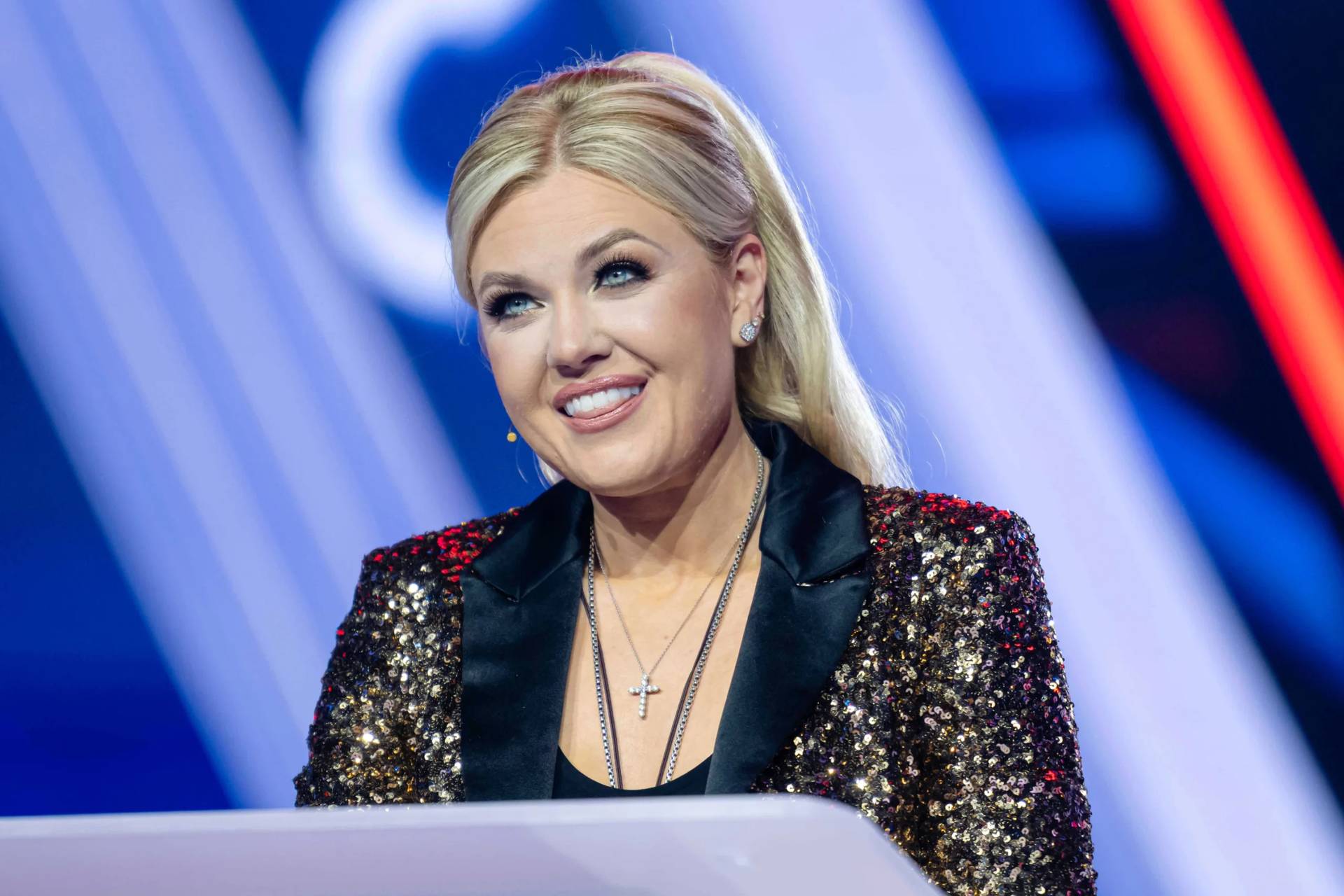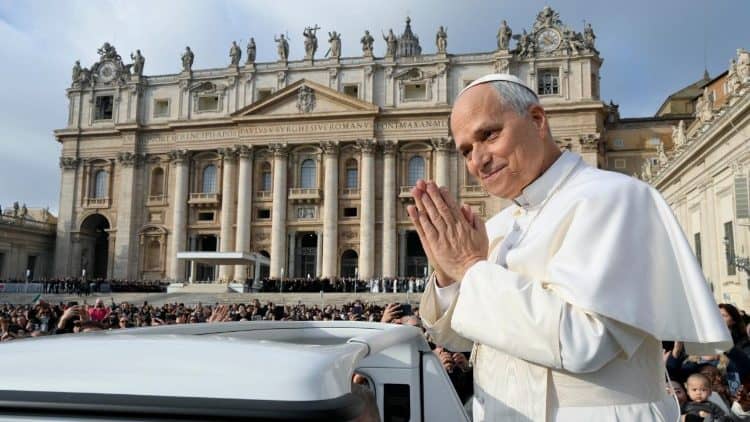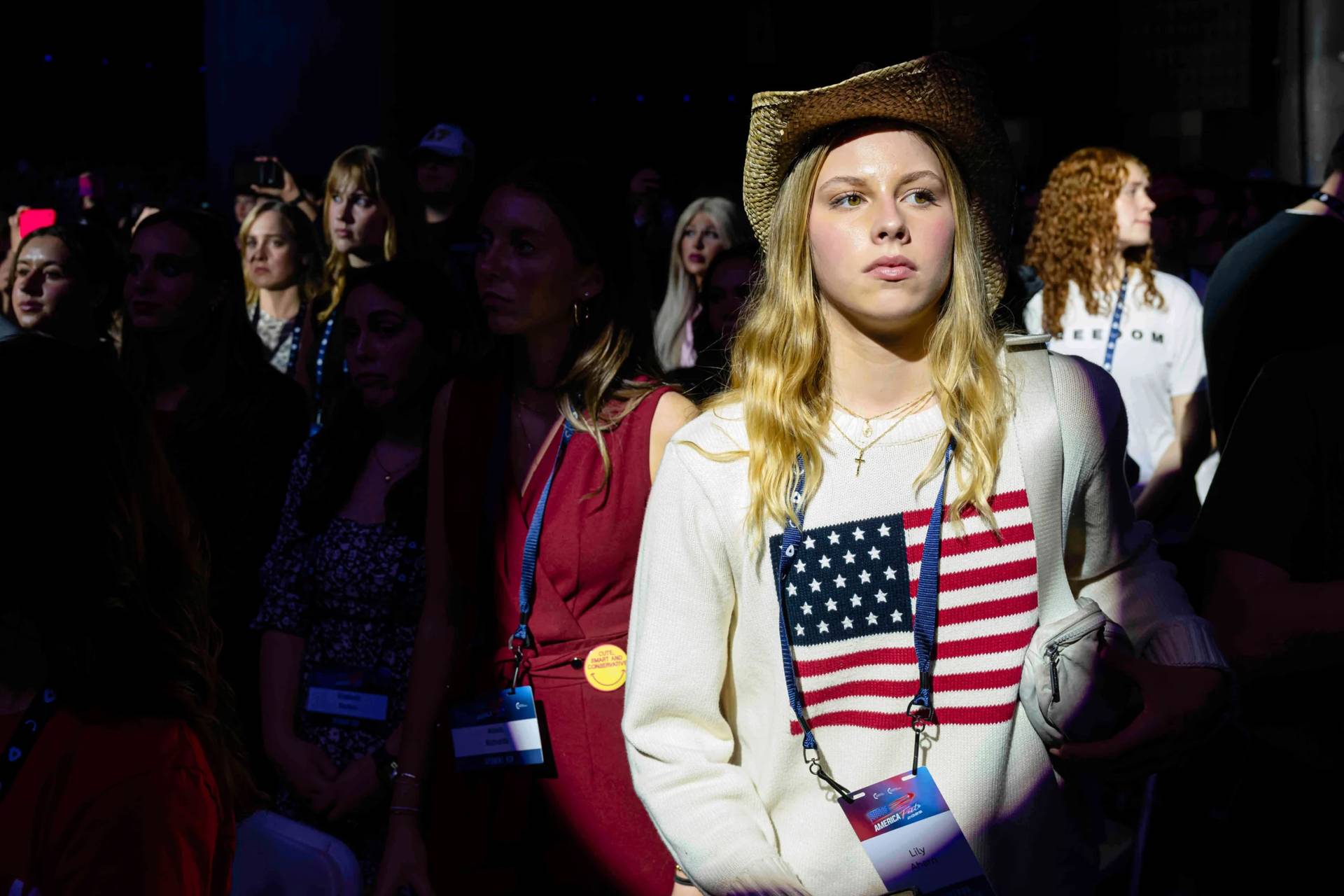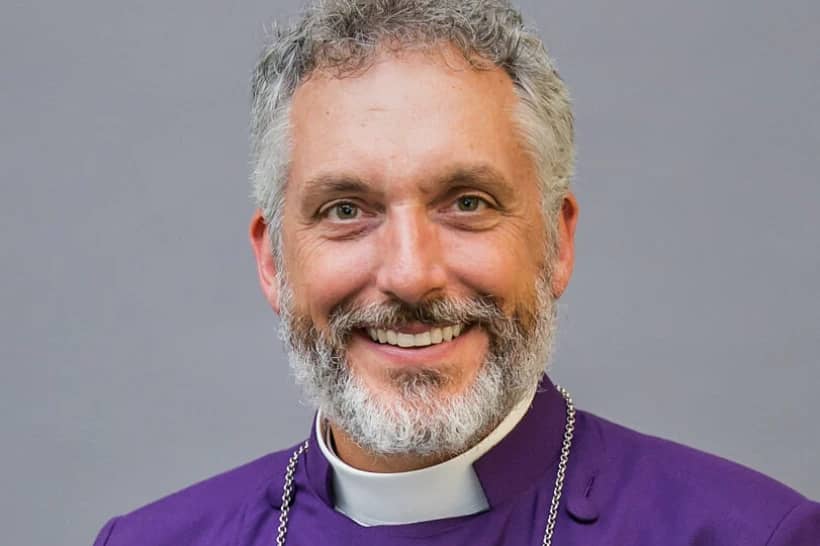ROME – Journalists covering other institutions around the world often struggle to find enough news to justify being in the newspaper, or getting TV airtime. At the Vatican, reporters often have the opposite problem – there’s so much news all the time, it’s almost impossible to keep up with everything.
Tuesday was one of those days on the Vatican beat, so rather than trying to report it all comprehensively, what follows are simply the highlights of a busy news day.
Jordan, the Vatican and the Middle East
King Abdullah II of Jordan came calling on Pope Francis on Tuesday morning, and afterwards, in keeping with Vatican protocol for visiting heads of state, the Jordanian monarch also met Italian Cardinal Pietro Parolin, the Secretary of State, and British Archbishop Paul Gallagher, the Secretary for Relations with States.
To no one’s surprise, the recent decision by U.S. President Donald Trump to transfer the American embassy in Israel to Jerusalem came up. Although a brief Vatican communique afterwards didn’t explain what the two men had to say, it’s a safe bet Francis and Abdullah shared disgruntlement. Just hours before Trump announced the move, Francis had urged him to respect the status quo and to avoid anything that might cause a “new spiral of violence,” while Abdulla was the first Arab leader to denounce it afterwards, calling the transfer a “violation of international law.”
Strikingly, there may be no one these days with whom the Vatican under Francis sees more eye-to-eye in terms of global politics and diplomacy than Arab states such as Jordan, Egypt, and the Gulf states. It’s hard to think of a single serious policy difference, and Francis’s “street cred” in the Islamic world also has been enhanced lately by his ardent defense of the oppressed Muslim minority Rohingya in Myanmar.
That, in turn, makes the last line of the Vatican news release following today’s meeting between Francis and Abdullah especially interesting: “The importance of helping Christians remain in the Mideast was brought up, and the positive contributions that they bring to the societies of the region, of which they are an integral part.”
One wonders if this signifies a new willingness on Francis’s part to “cash in” some of his popularity with Muslim leaders in the Middle East, pushing moderates to step up their efforts on behalf of the region’s beleaguered Christian minority.
Northern Ireland and the Queen
Also on Tuesday, a Northern Irish radio station called “Q Radio” suggested that Francis might visit Northern Ireland in August 2018 in the company of Queen Elizabeth II, while he’s in Ireland anyway for the August 21-26 World Meeting of Families in Dublin.
The report was another example of why the Vatican beat never runs dry: Even where there isn’t real news to report, there’s often fake news to debunk.
In this case, while there’s good reason to suspect that Francis may want to head north of the border while he’s on the Emerald Isle in order to lend his support to the peace process, there’s no real indication he would do so in the company of the 91-year-old queen.
In fact, as veteran Irish Catholic journalist Michael Kelly observed on Tuesday, doing so would likely politicize the visit in the eyes of many, perhaps appearing to lend legitimacy to the positions of the British government vis-à-vis the future of Northern Ireland, and presumably that would be something the Vatican would strive to avoid.
Moreover, the Queen recently has begun scaling back her public engagements, and might not even be up for the ardors of traveling in tandem with a pope.
Thus, here’s the scorecard on the story:
- Francis going to Ireland in 2018: Almost definite, if not officially confirmed.
- Francis going to Northern Ireland: Good chance, though depends on the political and security situation at the time.
- Francis going to Northern Ireland with the Queen: Don’t hold your breath.
Causes of Saints
Another storyline on Tuesday was that Francis has advanced the sainthood causes of twelve candidates, three of whom saw a miracle attributed to their intercession that clears the way for their beatification; one of whom was declared a martyr, meaning he doesn’t need a miracle for beatification; and eight of whom have been recognized for “heroic virtue,” meaning they now stand one miracle away from beatification and another from formal sainthood.
The candidates hail from Spain, France, Venezuela, Russia, Portugal, Italy, the United States, and Poland.
Americans will be interested in the decree of heroic virtue for Father Patrick Peyton, the “Rosary Priest” of the 20th century.
Peyton staged massive prayer rallies around the world and used radio, TV and film — and Hollywood stars including Bing Crosby and Lucille Ball — to spread his message of prayer. He was perhaps most famous for coining the term “the family that prays together stays together.”
The real celebrity of this crop, however, hails from Poland.
We’re talking about the legendary Cardinal Stefan Wyszyński, who served as the Archbishop of Warsaw from 1948 to 1981, and thus led the Polish church’s struggle against Communism for all but the final act of the Cold War. Before that, as a priest and bishop, he had also been a patron of Polish resistance to the Nazi occupation of the country.
Wyszyński was one of the towering churchmen of the 20th century. The story goes that when a young Karol Wojtyla (the future John Paul II) was named a cardinal in Krakow in 1967, he was asked about his fondness for skiing. He replied, “Forty percent of the cardinals in Poland ski.” When the questioner pointed out that there were only two Polish cardinals at the time, him and Wyszyński, Wojtyla quipped, “Yes, but Wyszyński counts for sixty percent.”
Another well-known story about Wyszyński comes via the late Cardinal Franz König of Vienna, Austria, one of the kingmakers in the second conclave of 1978 that propelled Wojtyla to the papacy. König tells of approaching Wyszyński during the deliberations about the next pope to suggest, “Perhaps Poland could offer a candidate,” to which Wyszyński responded, “No, I’m too old, I couldn’t possibly do it.”
König was forced to explain that he actually had in mind Poland’s junior cardinal, who went on to serve as pope for almost 27 years.
Should Wyszyński eventually be canonized, he would join John Paul II, Edith Stein and Maximilian Kolbe as acclaimed 20th century Polish saints.
Pope Francis and Padre Pio
Finally, the Vatican on Tuesday confirmed rumors that Francis will visit the sites most associated with Padre Pio in 2018, traveling both to Pietrelcina, his birthplace, and San Giovanni Rotondo, where his hospital and massive shrine are located, on March 17.
Padre Pio was beatified in 1999 and canonized in 2002, both under St. Pope John Paul II.
The pontiff will arrive at 8:00 a.m. in Pietrelcina, located in the southern Italian region of Campania, where he’ll give a talk. He’ll then head to San Giovanni Rotondo, where he’ll visit the pediatric cancer ward and say Mass in front of the shrine before heading back to Rome by helicopter.
That might not sound like much to American ears, but it’s impossible to overstate the importance of Padre Pio in Italy. Virtually every taxi cab, bar, restaurant and barber shop in the country has an image of the famed Capuchin stigmatic and miracle-worker, who’s seen popularly as the “go-to” saint for people experiencing suffering or loss.
Such is the saint’s hold on the Italian imagination that one big reason Cardinal Sean O’Malley of Boston was a crowd favorite in Rome in the run-up to the conclave of 2013 is that sporting a beard and wearing the brown Capuchin habit, he reminds people here of Padre Pio.
Therefore, it would be a good idea for Vatican-watchers everywhere to circle Saturday, March 17 on their calendars. Whatever the interest internationally may be, in this country, the pope’s visit to Pietrelcina and San Giovanni Rotondo will be “must-see TV.”














